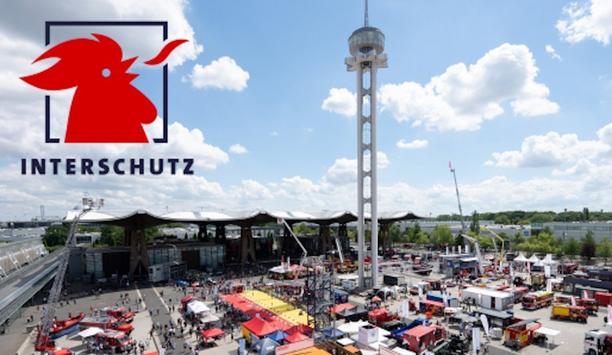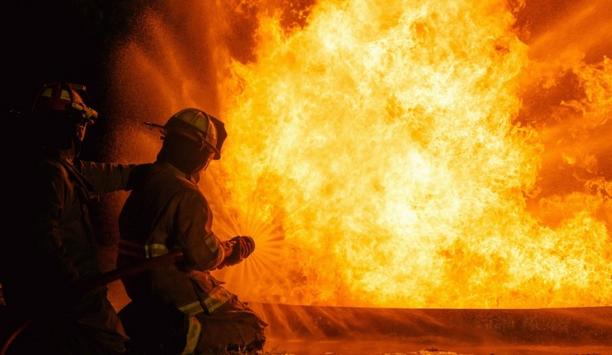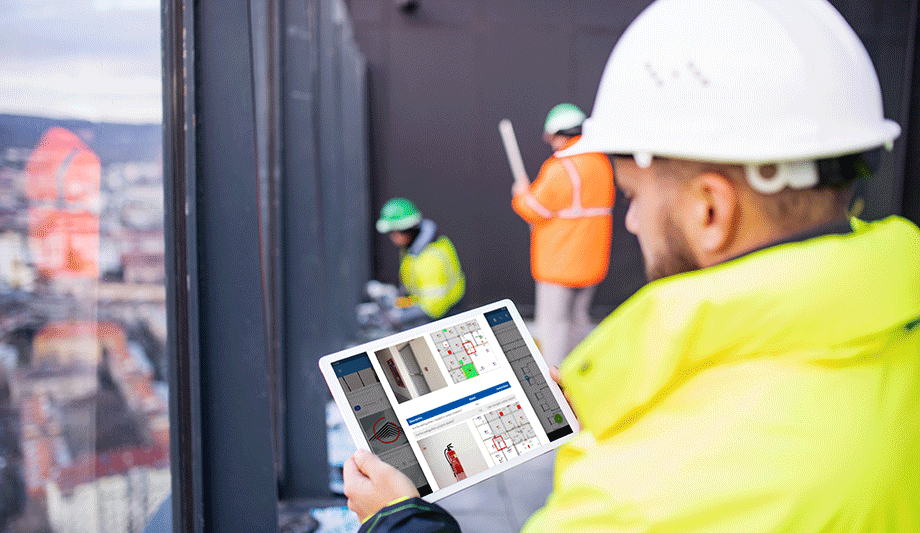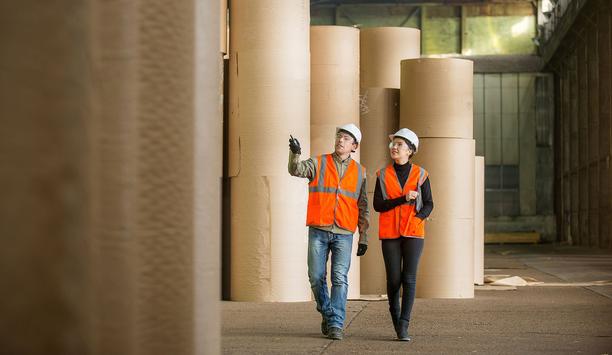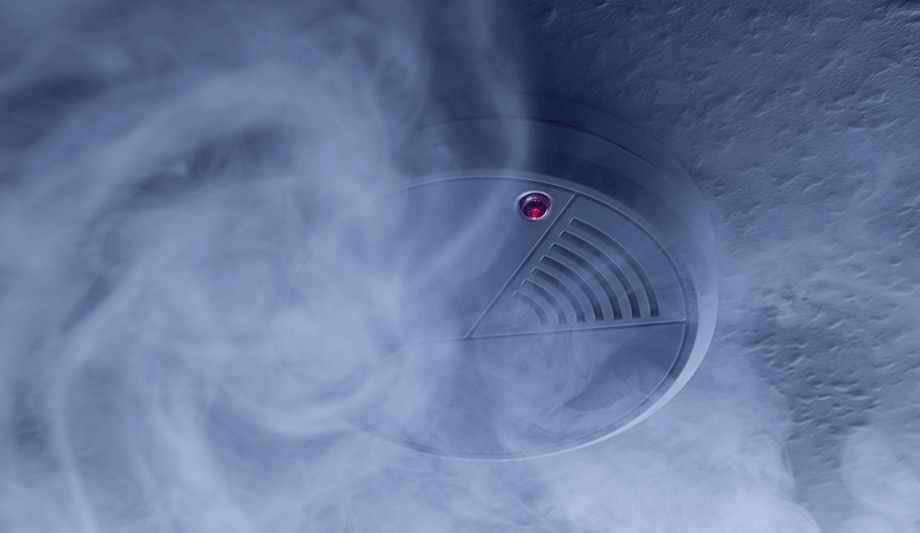Viking Corporation - Experts & Thought Leaders
Latest Viking Corporation news & announcements
Liferaft servicing is a critical aspect of maritime safety, ensuring these essential life-saving devices are always ready for use. With decades of expertise, VIKING is a trusted pioneer in liferaft maintenance, offering comprehensive solutions through a global network of over 280 certified service stations in key shipping hubs and offshore locations. Skilled technicians ensure high-quality servicing under strict safety standards, with the process covering three key steps: Documentation, Service, and Testing. Documentation: The Foundation of Liferaft Servicing Every detail of the service is meticulously recorded and archived, ensuring traceability The documentation process is integral to every stage of liferaft servicing, ensuring that every action taken is accurately recorded and fully compliant with maritime safety standards. It begins when the liferaft is received and registered, with its details logged for tracking purposes. The onboard logbook is completed, confirming that the liferaft has been opened, inspected, and tested. Following a thorough inspection guided by VIKING's approved checklist, a re-inspection certificate is issued, verifying that the liferaft meets all regulatory standards. Every detail of the service is meticulously recorded and archived, ensuring traceability and compliance with safety requirements. To close the process, customers receive a detailed invoice, offering transparency and clarity for the work completed. With proper documentation as the foundation, the servicing process moves forward seamlessly, prioritizing safety and reliability every step of the way. Service: Ensuring Liferaft Readiness The service process is where a liferaft is carefully examined and maintained to ensure it meets the highest safety standards. It begins with the opening of the container and the careful disassembly of the inflation system. Once the liferaft is removed, the container itself is thoroughly cleaned, and any necessary fiberglass repairs are made to maintain its integrity. The container is then relabeled, ensuring it is ready for future use. The liferaft is thoroughly inspected, both inside and out, with each component checked for wear and proper function. The emergency pack is reviewed, and any expired items are replaced to meet safety regulations. Key equipment of the inflation system Service process ensures that the liferaft is fully functional, ready for deployment, and in full compliance Key equipment—such as the operating head, valve, knife, and release wire—is carefully examined and replaced if needed. The inflation system and high-pressure hoses are also checked, while the CO2 cylinder is tested to ensure it contains the correct amount of gas. Once all components are confirmed to be in top condition, the liferaft is deflated, repacked into the container, and prepared for dispatch. The service process ensures that the liferaft is fully functional, ready for deployment, and in full compliance with safety regulations. Testing: Ensuring Liferaft Performance and Safety The testing process is a critical step in verifying that a liferaft will function effectively in an emergency. During service, the liferaft is inflated using compressed air and subjected to a series of rigorous pressure tests. This includes a 60-minute working pressure test for the lower buoyancy chamber, upper buoyancy chamber, and arch chamber to ensure they can withstand the necessary conditions. If the liferaft is equipped with an inflatable floor, it undergoes a similar 60-minute pressure test. Additionally, liferafts are tested at specific intervals as required by international regulations. Every five years, a gas inflation stress test (GI) is conducted using the liferaft’s own CO2 cylinder to simulate real-world conditions. Liferaft servicing FS is also carried out at 10 years, and then annually, to check the integrity of the internal floor seams At 11 years, an additional pressure test (NAP) is performed at double the working pressure rate, with annual testing required thereafter. A floor seam test (FS) is also carried out at 10 years, and then annually, to check the integrity of the internal floor seams. These thorough tests ensure that the liferaft remains fully operational, providing the utmost confidence in its performance when needed most. Liferaft servicing is a crucial process that ensures these life-saving devices are always ready for deployment. Through a comprehensive approach—encompassing detailed documentation, thorough servicing, and rigorous testing—VIKING works meticulously to enhance the performance of liferafts. With careful inspection, precise maintenance, and exhaustive testing, they provide their customers with peace of mind, knowing their liferafts will perform when it matters most. VIKING recommends regular servicing of the liferaft This will extend the life expectancy of the liferaft - but most importantly it is the guarantee that the liferaft works perfectly in a situation where it can mean the difference between life and death.
One and a half years before INTERSCHUTZ 2026, many well-known companies have already confirmed their participation in the world's renowned trade fair for firefighting, rescue, and civil protection in Hanover. International market majors, such as Rosenbauer, Dräger, and Desautel are among the confirmed exhibitors. In total, nearly 450 exhibitors have registered, covering approximately 38,000 square meters of exhibition space. This accounts for more than a third of the total planned space. Exhibitors can still benefit from the early bird rate, which is available until 31 December 2024. Commitment to INTERSCHUTZ In total, 450 exhibitors have registered, covering about 38,000 square meters of exhibition space In addition to Rosenbauer, Dräger, and Desautel, companies such as Binz Automotive, BAI, BMW, Business France, Fireco, FireDos, GSF Sonderfahrzeuge, Haix, Josef Lentner, Lakeland, Maleco, MSA, MUNK, Schlingmann, S-GARD, Schmitz Feuerwehrtechnik, Tatra Trucks, Texport, VIKING Life-Saving Equipment, Volkan, WEBER-HYDRAULIK, Wietmarscher Ambulanz + Sonderfahrzeug, and WISS have also confirmed their participation. "The clear commitment to INTERSCHUTZ by many market pioneers a year and a half before the trade fair is an important signal to the entire industry. In view of global crises, climate change, and natural disasters, the message that companies send by participating in INTERSCHUTZ is very significant," says Bernd Heinold, Head of INTERSCHUTZ at Deutsche Messe. Foster essential international exchange Bernd Heinold adds, "In 2026, INTERSCHUTZ will focus on the innovations of tomorrow that will make our future safer under the motto 'Safeguarding Tomorrow' and foster essential international exchange between decision-makers from politics, business, science, and aid organizations." He continues, "Key themes will include how we network internationally, how communication and knowledge transfer can succeed, what networks need to work together, and how AI can enhance these processes in the future. By participating in INTERSCHUTZ, the registered companies have chosen to invest in the future."
Liferaft servicing is a critical aspect of maritime safety, ensuring these essential life-saving devices are always ready for use. With decades of expertise, VIKING is a trusted leader in liferaft maintenance, offering comprehensive solutions through a global network of over 280 certified service stations in key shipping hubs and offshore locations. Skilled technicians ensure high-quality servicing under strict safety standards, with the process covering three key steps: Documentation, Service, and Testing. Ensuring Accurate Service Records The documentation process is integral to every stage of liferaft servicing, ensuring that every action taken is accurately recorded and fully compliant with maritime safety standards. It begins when the liferaft is received and registered, with its details logged for tracking purposes. The onboard logbook is completed, confirming that the liferaft has been opened, inspected, and tested. Certified, Documented, and Compliant Following a thorough inspection guided by VIKING's approved checklist, a re-inspection certificate is issued, verifying that the liferaft meets all regulatory standards. Every detail of the service is meticulously recorded and archived, ensuring traceability and compliance with safety requirements. To close the process, customers receive a detailed invoice, offering transparency and clarity for the work completed. With proper documentation as the foundation, the servicing process moves forward seamlessly, prioritizing safety and reliability every step of the way. Thorough Liferaft Service Process Emergency pack in checked and items replaced if expired according to regulationsThe service process is where a liferaft is carefully examined and maintained to ensure it meets the highest safety standards. It begins with the opening of the container and the careful disassembly of the inflation system. Once the liferaft is removed, the container itself is thoroughly cleaned, and any necessary fiberglass repairs are made to maintain its integrity. The container is then relabeled, ensuring it is ready for future use. The liferaft is thoroughly inspected, both inside and out, with each component checked for wear and proper function. The emergency pack is reviewed, and any expired items are replaced to meet safety regulations. Key equipment—such as the operating head, valve, knife, and release wire—is carefully examined and replaced if needed. The inflation system and high-pressure hoses are also checked, while the CO2 cylinder is tested to ensure it contains the correct amount of gas. Thorough Testing for Security Liferafts are tested at specific intervals as required by international regulationsOnce all components are confirmed to be in top condition, the liferaft is deflated, repacked into the container, and prepared for dispatch. The service process ensures that the liferaft is fully functional, ready for deployment, and in full compliance with safety regulations. The testing process is a critical step in verifying that a liferaft will function effectively in an emergency. During service, the liferaft is inflated using compressed air and subjected to a series of rigorous pressure tests. This includes a 60-minute working pressure test for the lower buoyancy chamber, upper buoyancy chamber, and arch chamber to ensure they can withstand the necessary conditions. If the liferaft is equipped with an inflatable floor, it undergoes a similar 60-minute pressure test. Additionally, liferafts are tested at specific intervals as required by international regulations. Every five years, a gas inflation stress test (GI) is conducted using the liferaft’s own CO2 cylinder to simulate real-world conditions. Ensuring Liferaft Reliability Long-Term At 11 years, an additional pressure test (NAP) is performed at double the working pressure rate, with annual testing required thereafter. A floor seam test (FS) is also carried out at 10 years, and then annually, to check the integrity of the internal floor seams. These thorough tests ensure that the liferaft remains fully operational, providing the utmost confidence in its performance when needed most. Liferaft servicing is a crucial process that ensures these life-saving devices are always ready for deployment. Through a comprehensive approach—encompassing detailed documentation, thorough servicing, and rigorous testing—VIKING works meticulously to enhance the performance of liferafts. Reliable Liferafts, Guaranteed Safety With careful inspection, precise maintenance, and exhaustive testing, we provide our customers with peace of mind, knowing their liferafts will perform when it matters most. This will extend the life expectancy of your liferaft - but most importantly it is your guarantee that the liferaft works perfectly in a situation where it can mean the difference between life and death.
The New Future For Fire Agencies
DownloadThe Eight Key Trends in Fire Detection in 2023
DownloadA Digital Platform to Improve Fire Safety Compliance and Inspections
DownloadOvercoming the Challenges of Fire Safety in the Paper Industry
DownloadCarbon Monoxide: Creeping Killer Caught In The Act
Download



















